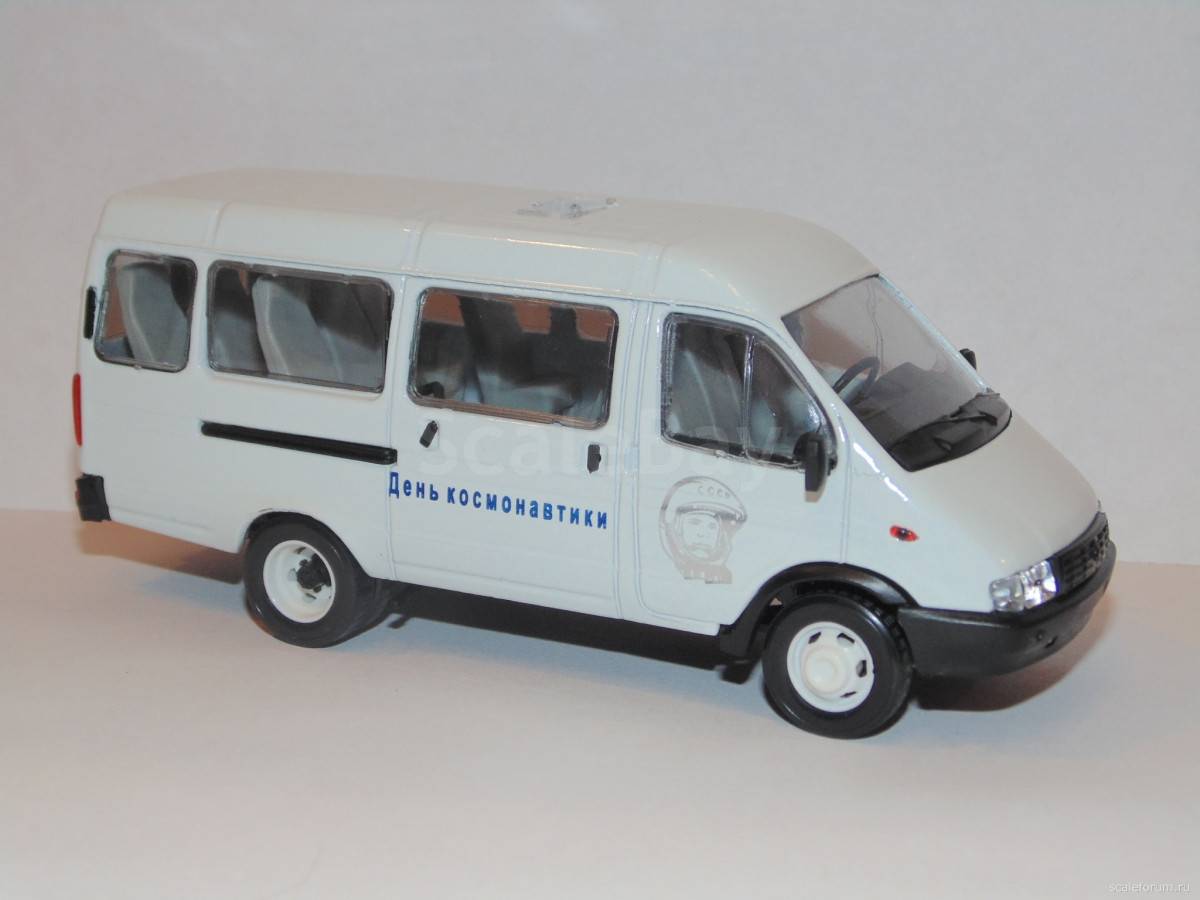
Family conflict: 7TP vs T-26 part 1

Family conflict: 7TP vs. T-26
Over the years, the history of the 7TP tank has been gradually revealed by people passionate about this design. Apart from a few monographs, there were also studies comparing the Polish light tank with its German counterparts, mainly the PzKpfw II. On the other hand, much less is said about the 7TP in the context of its closest relative and enemy, the Soviet T-26 tank. To the question of how great were the differences between the two designs and which one can be called the best, we will try to answer in this article.
Already at the very beginning, it can be stated that the combat vehicles under discussion, despite their external similarities and technological analogies, differed in many respects from each other. Although Soviet and Polish tanks were a direct development of the English six-ton from Vickers-Armstrong, in modern terms, the so-called. the discrepancy log will not be the final list for both machines. In the early 38s, Poland purchased 22 Vickers Mk E tanks in a double-turret version, and a little later ordered a batch of 15 double-turret ones at the plant in Elsvik. The order for the USSR was a little more modest and was limited to only 7 double-turret vehicles. In both cases, it quickly became clear that the English tank was not without flaws, and the domestic industry was able to create its own, more advanced analogue on the basis of the English model. Thus, 26TP was born on the Vistula, and T-XNUMX was born on the Neva.
Since the original double-turreted versions of the tanks were very similar to each other, we will focus on the discussion of "full", or single-turret tanks, which in the second half of the XNUMXs were the defining factor of modernity. These vehicles could, like double-turret vehicles, counteract infantry, as well as fight enemy armored vehicles using anti-tank weapons installed in them. In order to make a possibly reliable assessment of both vehicles, their most important elements should be discussed, pointing out both the existing differences and the similarities.
Chassis
In the early years of the production of T-26 vehicles, the body of Soviet tanks was made of armor plates connected to an angular frame with rather massive rivets, which are clearly visible in the photographs. In its form, it was similar to the solution of the Vickers tank, but the rivets on Soviet vehicles seem larger, and the accuracy of manufacturing was certainly inferior to their English counterparts. The order to begin serial production of the T-26 caused an avalanche of difficulties in Soviet industry. The first was the technology for the production of not only 13, but even 10-mm armor plates that corresponded to the standard of the material purchased in England. Over time, appropriate solutions were mastered, but this happened gradually and with enormous efforts and means characteristic of the USSR, unacceptable in other countries.
Back in 1932, the manufacturer of armor plates for T-26 tanks made the first attempts to abandon the labor-intensive and less durable rivet joint in favor of welding, which was mastered in an acceptable form only at the turn of 1933-34. 2500. By that time, the Red Army already had about 26 double-turreted T-26 tanks. The mid-thirties was a breakthrough for Soviet armored structures, including the T-26. The industry, already familiar with the project, began mass production of cars with welded bodies, working on a number of further modifications, incl. the coquette is bilateral. Meanwhile, in Poland, the production of light tanks proceeded at a different pace than beyond the eastern border. Tanks ordered in small batches were still connected to the corner frame with special conical bolts, which increased the mass of the tank, increased the cost of production and made it more laborious. However, the Polish hull, made of surface-hardened, homogeneous steel armor plates, was later judged by specialists from Kubinka to be more durable than its counterpart on the T-XNUMX.
At the same time, it is difficult to single out an undisputed leader when it comes to armor plates and manufacturing technology. The armor of the Polish tank was more thoughtful and thicker in important places than that of Soviet vehicles produced before 1938. In turn, the Soviets could be proud of the widespread welding of tank hulls in the late XNUMXs. This was due both to the large-scale production of combat vehicles, where the technology under discussion was much more profitable, and to the unlimited research potential.

